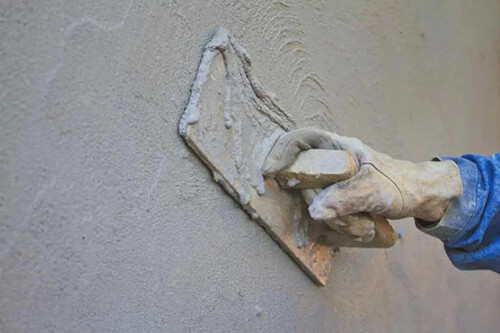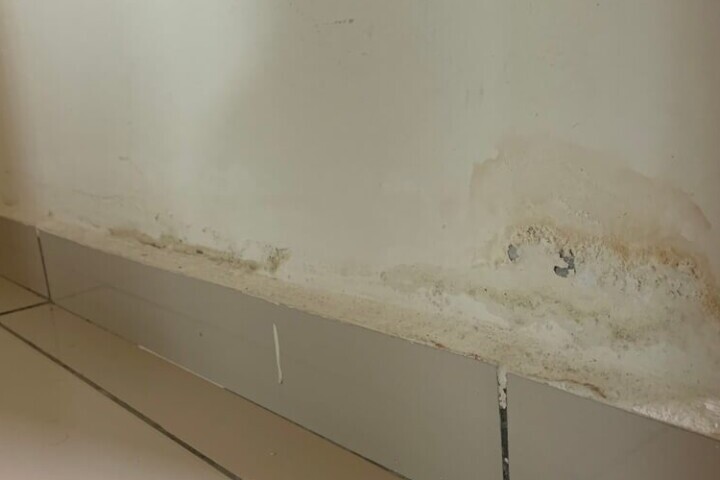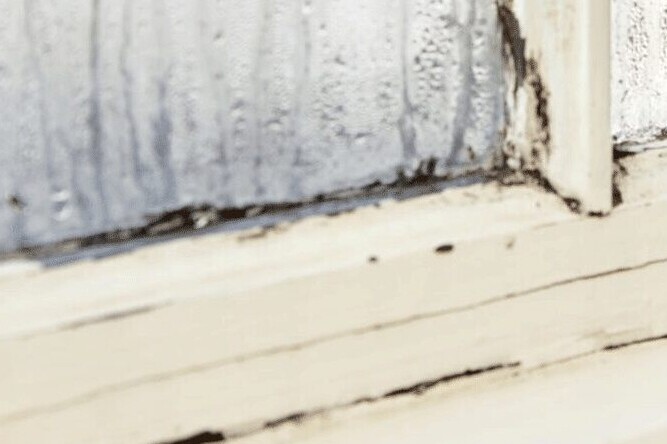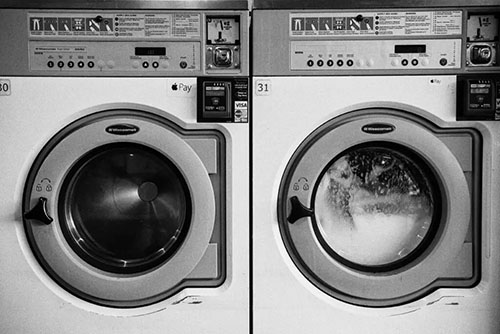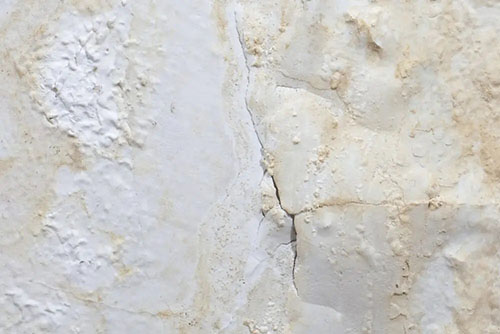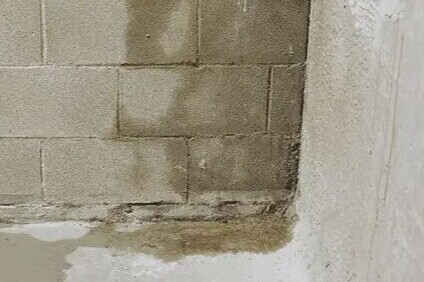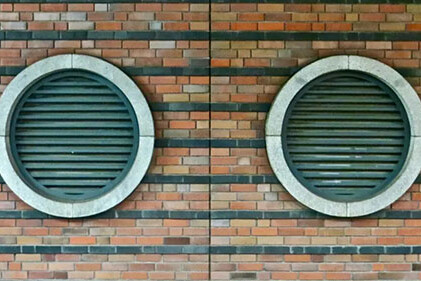Moisture control: this is how to fight moisture problems!
You're probably wondering: why is proper moisture control necessary? Moisture problems such as mold on the wall or penetrating damp are not only bad for the home itself, but they also cause health problems. In addition, the value of the home drops significantly. Fortunately, such problems can be solved quickly, with proper diagnosis and moisture control.
Types of moisture problems in homes
Each specific problem needs its own moisture control technique. There are seven different ways that moisture problems in the home can be caused: construction moisture, rising moisture, condensation moisture, moisture production by habitation, penetrating damp, damp basements, and low ventilation. For each of these problems, Aquaconsult has its own method of moisture control. We briefly go over all of them.
Quickly go to:
Construction moisture
Anytime one builds a new home, large amounts of construction moisture enter the home due to the intense use of water. Consider the creation of concrete, cement or plaster. As a result, during the first two years after completion, the new home contains an increased moisture concentration. This temporary increased moisture concentration can give rise to moisture problems in the building structure. Here, there is no one-size-fits-all answer to the question of moisture control. Our field engineers will be happy to help you with any questions you may have.
Rising damp
Moisture that rises or rises due to the capillary action of walls is one of the biggest moisture problems out there. Most moisture control cases have to do with fighting moisture rising in basement walls or ground floor walls. Rising damp is not to be confused with penetrating damp. Have our field engineers identified rising damp? Then the moisture control work can begin. With rising damp, we use a moisture control technique where we inject the walls with a moisture-resistant gel.
Condensation
Air always contains a certain amount of moisture. The higher the air temperature, the higher the humidity can be. Hence, air in homes always has higher humidity than outdoor air. The moisture control technique to address condensation moisture is ventilation. With proper ventilation, the moisture no longer has a chance to settle on the walls, making the problem worse. Ventilation is generally a good way to do moisture control.
Moisture production by habitation
Simply by living in a house, humidity is increased. Of course, this is not a problem at all but may need to be taken care of with additional ventilation.
Moisture production from habitation is often also the cause of condensation moisture. Think about cooking or taking a hot shower. Again, moisture control techniques consist of installing a mechanical ventilation system.
Penetrating damp
Permeable damp is caused by rain penetration where rainwater can make a horizontal path through untreated walls. In the case of penetrating damp, Aquaconsult uses a damp proofing technique where we apply a waterproof layer to the exterior facade of a house. This will waterproof that wall and prevent precipitation from penetrating the walls. Penetrating damp can sometimes be confused with rising damp. This is just one more example that you need the right diagnosis to do moisture control effectively.
Damp basements
Basements are places prone to various types of moisture problems such as high humidity, with the associated condensation problems or mold growth. With a damp basement, there are different types of moisture control available depending on the cause of the problem and its severity. For example, we can seal the basement or drain the basement. And ventilation is also perfectly possible as a moisture control technique.
Low ventilation
Obviously, moist air cannot escape from a living space if there are no vents or other air openings. Improperly installed ventilation or a construction error can give rise to condensation because moisture is not properly removed. In the long run, this causes problems. Improving the existing ventilation facilities or installing additional mechanical ventilation can provide a solution. Of course, the form of moisture control here is to install good ventilation. Best yet a mechanical ventilation. By the way, did you know that ventilation is the most underrated dam against coronavirus?
AquaConsult
Moisture problems
Moisture Solutions
What does moisture control cost now?
Are you struggling with any of the above moisture problems? Then you probably want to know what treating this problem will cost. Unfortunately, there is no simple answer. The price depends on the specific moisture problem and the most appropriate moisture control method. Each problem requires its own specific solution, which is why it is very important to get a correct moisture diagnosis.
So if you are suffering from moisture problems, it is advisable to hire a licensed professional as soon as possible. This expert not only helps combat the moisture, but also investigates the cause behind the problem. Thus, the moisture expert will be able to provide a targeted customized quote.

Grants and subsidies for moisture control
Did you know that you can also Grants and subsidies you can get if you use moisture control? For works such as sealing a basement or injecting walls, you can claim the Flemish renovation premium. Would you like to have a balanced ventilation system installed? Then you are entitled to the total renovation bonus, also called the BENO pass.
Contact now
Are you looking for good moisture control and do you live somewhere in Flanders? Then Aquaconsult is at your service. Contact Aquaconsult now and our experts will find out the best moisture control for your specific moisture problem during a no-obligation visit.


